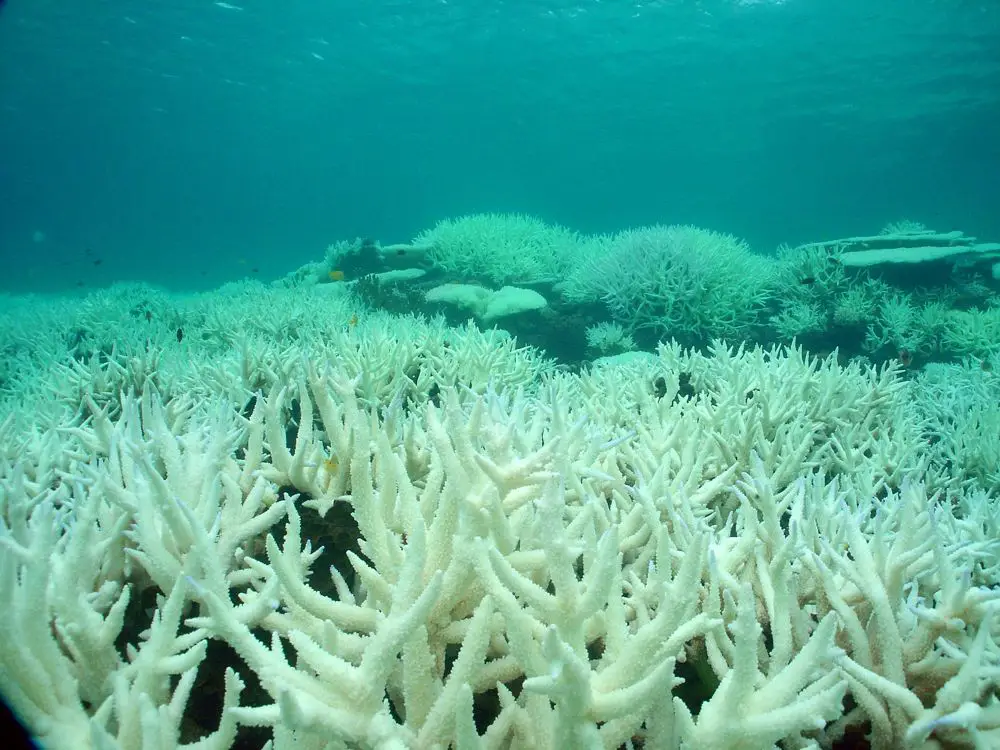News
Half of the Great Barrier Reef Is Dead or Dying, and 93% Is Bleached, Study Finds

The Great Barrier Reef is one of the world’s most remarkable natural wonders.
With the impressive overall length of 1,430 miles, it is not only the most extensive coral reef ecosystem but also the largest living structure on the planet. Unfortunately, this natural masterpiece may soon disappear as the findings of a recent study suggest that the reef is on the brink of extinction.
A report from the ARC Centre of Excellence for Coral Reef Studies reveals a terrifying fact that 50% of corals in the Great Barrier Reef have already died or are dying while 93% are suffering from bleaching.
How does coral bleaching occur?
Affected by increased sea temperatures and extreme weather conditions, corals expel the microalgae that live inside them. In fact, these microalgae are what gives the corals such vivid colors, so when they are expelled, the corals turn white. This is what is called bleaching.
In this state, the marine organisms are at the risk of dying but at the same time, have a chance to recover if the environmental conditions stabilize soon enough. However, when the stressing factor persists for too long and the consequences of bleaching are not reversed quickly, the corals become victims of opportunistic species that exploit them to form their own ecosystems.
The scale of the problem
Scientists say that this is the most severe coral bleaching event ever recorded.
As Prof. Terry Hughes, convener of the National Coral Bleaching Taskforce, said in a press release, “We’ve never seen anything like this scale of bleaching before. In the northern Great Barrier Reef, it’s like 10 cyclones have come ashore all at once. Our estimate at the moment is that close to 50 percent of the coral is already dead or dying.”
According to the results of aerial surveys that were focused on 911 individual reefs out of the total 3,000, only 68, or 7%, were not affected by bleaching. At the same time, from 60 to 100% of corals suffer from a severe bleaching on 316 reefs.
“This has been the saddest research trip of my life,” said Prof. Hughes. “Almost without exception, every reef we flew across showed consistently high levels of bleaching, from the reef slope right up onto the top of the reef. We flew for 4000km in the most pristine parts of the Great Barrier Reef and saw only four reefs that had no bleaching.”
While winter in the southern hemisphere is expected to bring some relief, it is unlikely that it will have a significant effect on the state of the reefs. The only thing that can save the corals is an action from our side. Scientists say that reducing pollution, sedimentation and unsustainable fishing practices in local communities can partly reverse the detrimental changes in the Great Barrier Reef.
However, the problem is bigger than that and can’t be solved on the local level. CO2 emissions and other consequences of human activity are the cause of this and many other devastating phenomena that plague the natural environment of our planet. Unless we do something about it soon, we will see more and more living creatures suffer and die.
Typos, corrections and/or news tips? Email us at Contact@TheMindUnleashed.com
